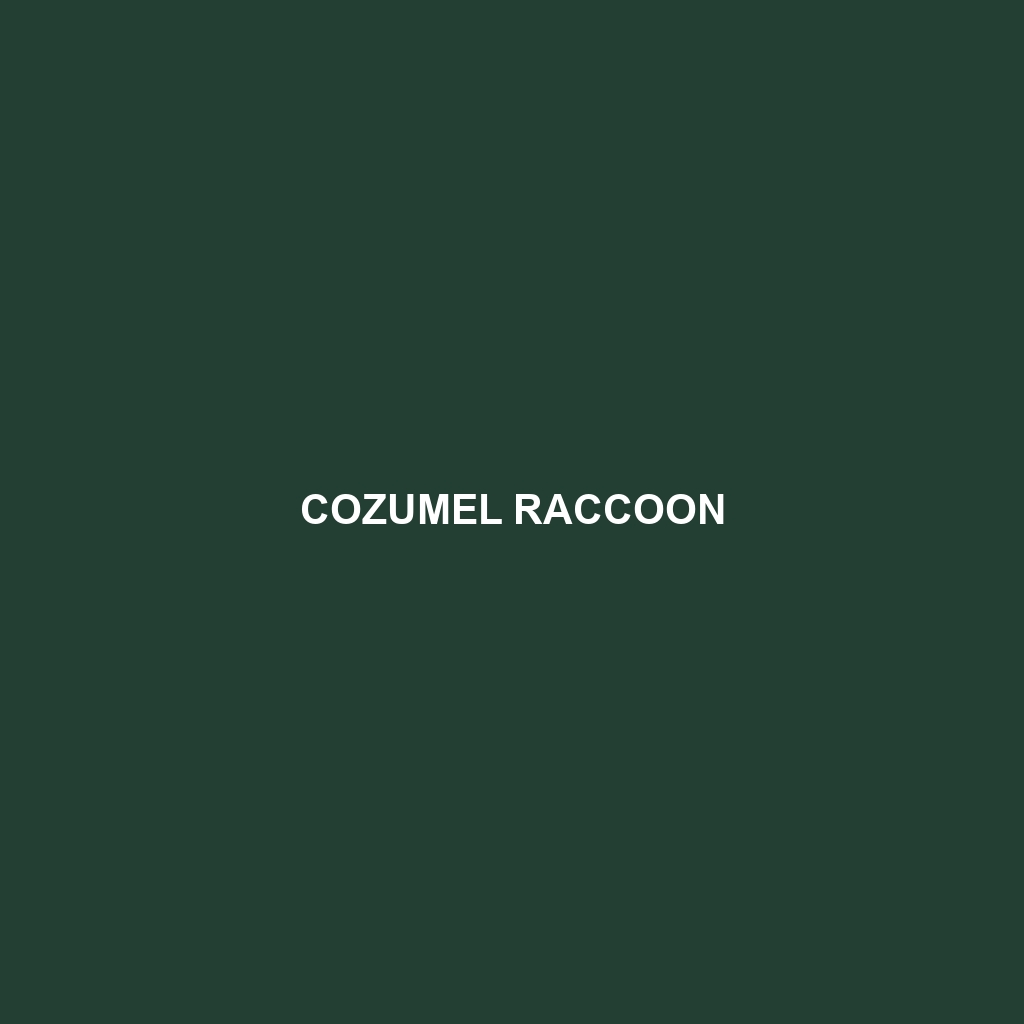Northern Raccoon
Common Name: Northern Raccoon
Scientific Name: Procyon lotor
Habitat
The Northern Raccoon is primarily found throughout North America, from southern Canada down to central Mexico. They thrive in a variety of environments, including forests, wetlands, and urban areas. Their adaptability to different habitats, especially areas close to water sources, makes them a common sight in both rural and metropolitan regions.
Physical Characteristics
Northern Raccoons are medium-sized mammals weighing between 8 to 24 pounds. They measure about 16 to 28 inches in length, with a distinct bushy tail that features black rings. Their fur is typically grayish-brown, with a characteristic black mask-like pattern around their eyes, which is one of their most recognizable features. Their dexterous front paws allow them to manipulate objects and forage effectively, making them stand out in the animal kingdom.
Behavior
Northern Raccoons are primarily nocturnal, exhibiting increased activity during the night when they search for food. These creatures are known for their intelligence and problem-solving skills, often using tools to access food sources. They are also social animals, often living in groups, although they can be solitary when foraging. Their curious nature leads them to explore various habitats, which frequently brings them into human contact.
Diet
Northern Raccoons are omnivores, with a diverse diet that includes fruits, nuts, seeds, insects, small mammals, and even human food scraps, making urban areas a rich source of sustenance. Their feeding habits are adaptive, often changing based on seasonal availability. Known for their ‘washing’ behavior, these raccoons often dip food in water, which may help them to remove contaminants or simply enhance their eating experience.
Reproduction
Breeding typically occurs in late winter to early spring, with females giving birth to a litter of 2 to 5 kits after a gestation period of about 63 days. The kits are born blind and helpless and stay with their mother for several months, learning essential survival skills before venturing out on their own.
Conservation Status
The Northern Raccoon is currently classified as “Least Concern” by the International Union for Conservation of Nature (IUCN), indicating that the species is not facing immediate threats to its population. However, they can be affected by habitat loss, pollution, and road mortality.
Interesting Facts
One fascinating aspect of Northern Raccoons is their remarkable memory. They can remember the solutions to tasks for up to three years, showcasing their intelligence. Additionally, they have a unique way of communicating through various sounds, including chirps, growls, and purrs, which express their mood and social interactions.
Role in Ecosystem
Northern Raccoons play a vital role in their ecosystems as scavengers, helping to control insect populations and disperse seeds through their foraging behavior. Their presence can indicate a healthy, balanced environment, as they are crucial participants in the food chain, preying on smaller animals while also serving as prey for larger predators.
